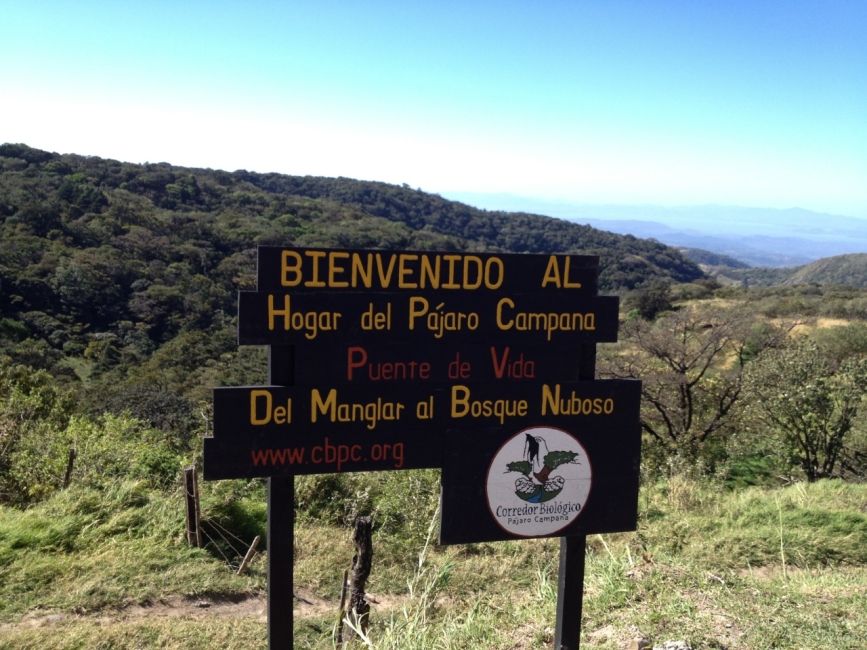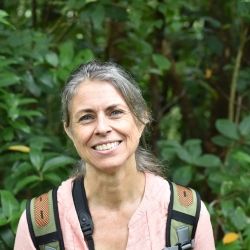Circular economies: Lessons from Monteverde
A linear economy works according to the 'take-make-dispose' step plan. This starts with the extraction of natural resources, the conversion of raw materials into products that are distributed for consumption; after used, they are simply thrown away.
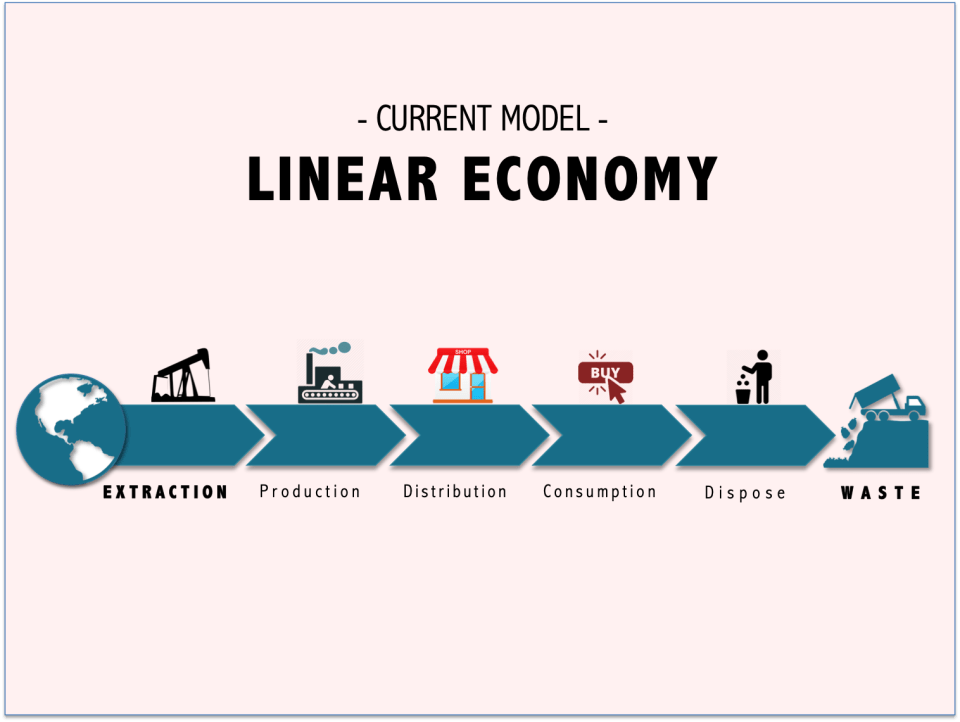
We recently had the pleasure to host Rachel Kulick (Associate Professor of Sociology at UMass-Dartmouth) who taught the Sustainability Program students about linear versus circular economies. Here are some important take-awys:
A linear model is wasteful. It's important to break the paradigm, look for new alternatives, and re-think the process, if we are serious about sustainable economic development.
Re-thinking the process is the premise of circular economy. By definition, a circular economy repairs, regenerates and strives for products whose components and resources never lose value or utility. For this to happen, you have to design waste out of the system.
Why in Monteverde and the Bellbird Biological Corridor?
The Bellbird Biological Corridor is an inter-institutional organization that seeks to connect critical Pacific-slope habitat, all the way from Monteverde along the continental divide (~1800m the higest point) to coastal mangroves on the Gulf of Nicoya (sea level).
[VIDEO::https://youtu.be/_Pa2H4VbX0k]
As part of this effort, different institutions in the community are working toward mitigating climate change by reducing emissions. Likewise, there are efforts to encourage the creation of a circular encomy that links people on the corridor through trade and other kinds of exchange. People here look foward to economic development and they are open to the concept of a circular economy.
What does a circular economy look like for the Bellbird Biological Corridor?
A circular economy in the BBC would have production and trade among the communities along the Corridor. The "systems" might include diverse products that can be used in the area which could then be recycled into other products.
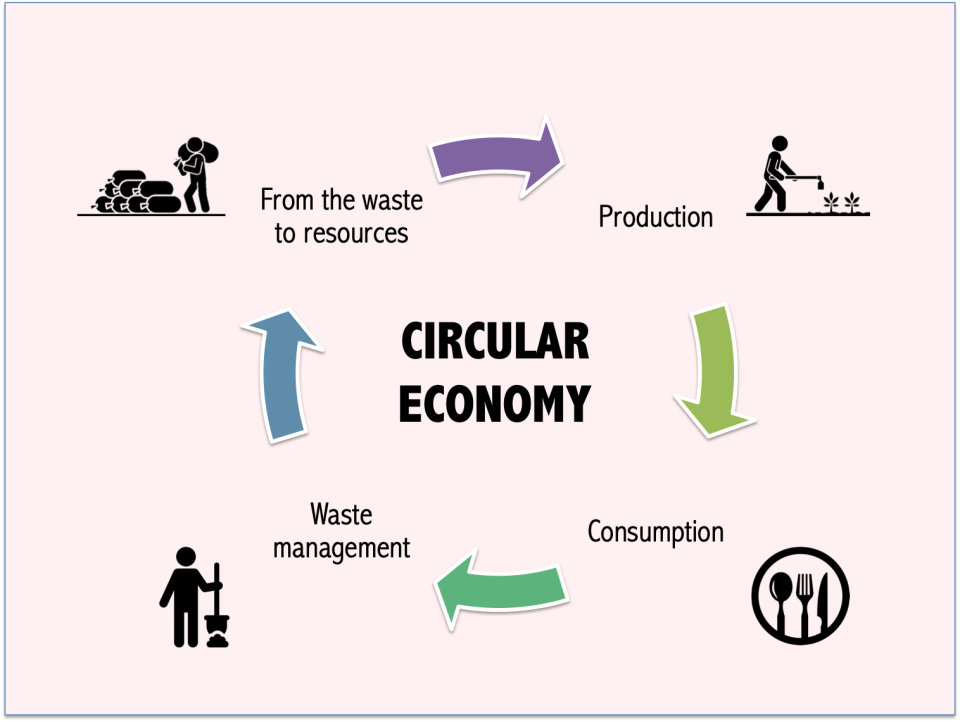
For example: the owner of a restaurant buys groceries in the famers market. A client of the restaurant consumes a meal made from the local foods. The food scraps is then sent to a farmer who converts this organic material into compost. This fertilizes crops that can be sold in the local market. The cycle starts again!
Related Posts
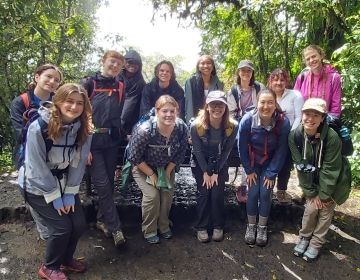
Happy Earth Day: Today and Every Day
Happy Earth Day! Every April 22, this global event comes around to remind us how precious our planet is, what sustainable efforts we can make to protect Earth, and that... keep reading
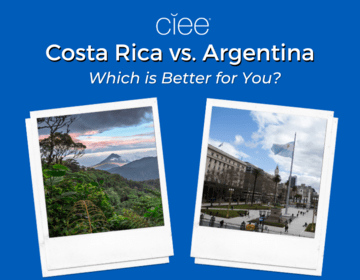
Costa Rica vs. Argentina: Which is Better for Study Abroad?
Imagine yourself sipping mate in a bustling Buenos Aires café or lounging peacefully in a hammock overlooking Costa Rica's lush rainforests. These contrasting scenes represent just a glimpse of the... keep reading
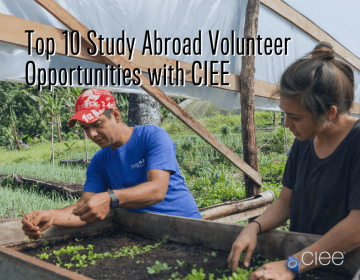
Top 10 Study Abroad Volunteer Opportunities with CIEE
Have you ever wondered if you could volunteer abroad? Perhaps you're looking into study abroad programs that provide international volunteer opportunities. If you’re itching to study abroad and truly make... keep reading
